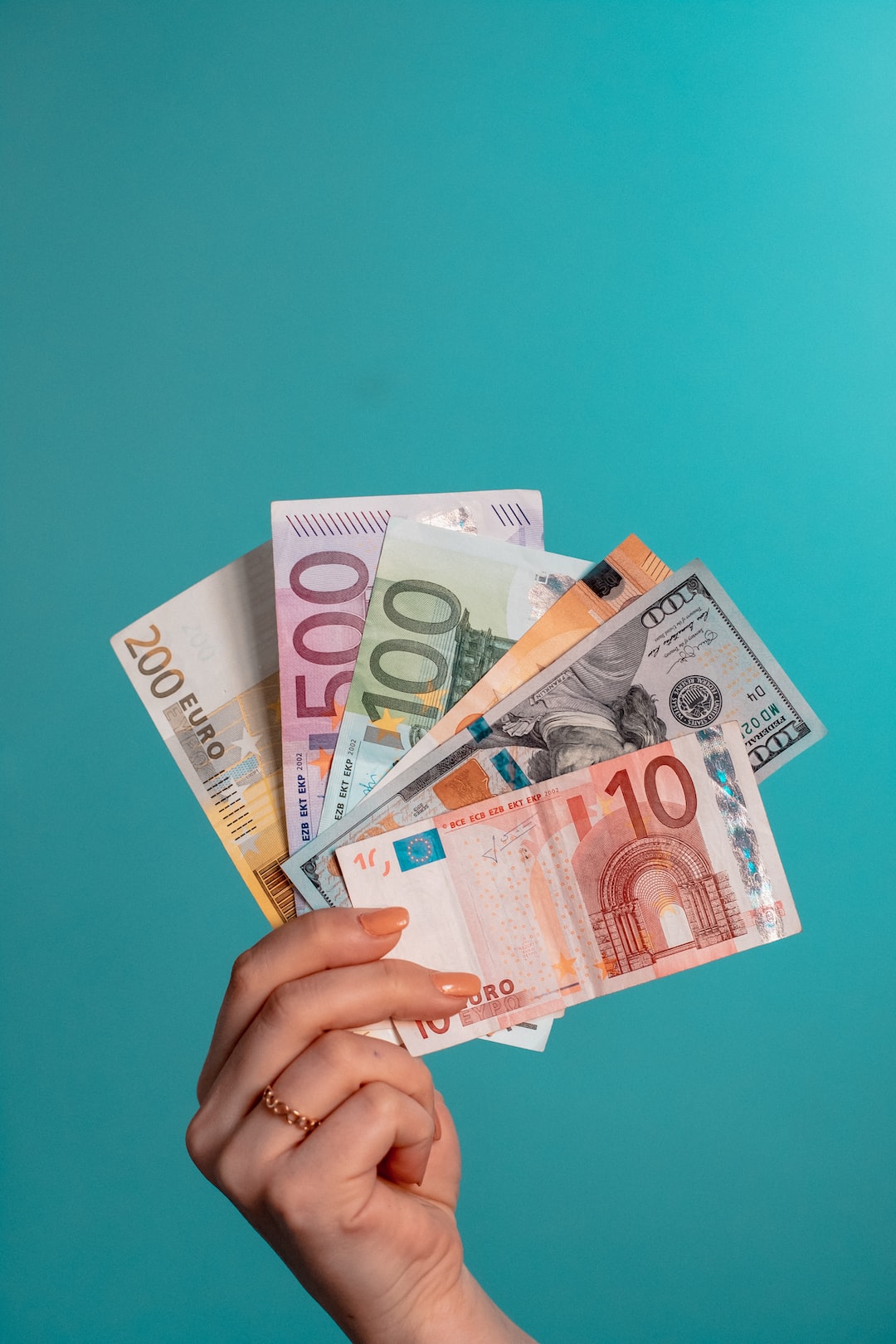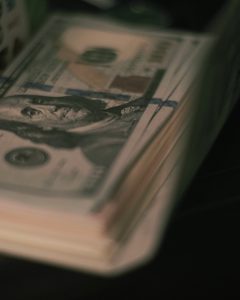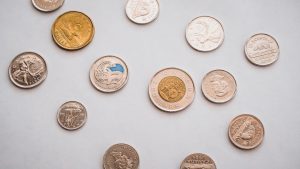When it comes to forex trading, there are various factors that need to be considered in order to make informed decisions. One of these factors is the iris setting, which refers to the opening and closing of the camera lens aperture. In this article, we will discuss what iris setting is optimal for forex trading and why.
Before delving into the specifics of iris settings, it is important to understand the role of camera lenses in forex trading. Cameras are commonly used to capture chart patterns and price movements in forex trading. The lens aperture, or iris, controls the amount of light that enters the camera, which in turn affects the image quality. In forex trading, a clear and accurate image is crucial for making informed trading decisions.
The iris setting is measured in f-stops, which represent the ratio of the lens aperture to the focal length of the lens. A lower f-stop number indicates a larger aperture and more light entering the camera, while a higher f-stop number indicates a smaller aperture and less light entering the camera. The optimal iris setting for forex trading depends on several factors, including lighting conditions, camera type, and personal preference.
In general, a lower f-stop number (larger aperture) is preferred for forex trading. This allows more light to enter the camera, resulting in brighter and clearer images. However, it is important to strike a balance between a large aperture and a shallow depth of field. A shallow depth of field refers to the amount of the image that is in focus, with the rest being blurred. While a shallow depth of field can create a visually appealing image, it may also make it difficult to view important details in forex trading charts.
In terms of lighting conditions, a larger aperture (lower f-stop number) is preferred in low-light situations. This is because more light is needed to capture clear images in low-light conditions. However, in bright lighting conditions, a smaller aperture (higher f-stop number) may be necessary to prevent overexposure and maintain image clarity.
The type of camera also plays a role in determining the optimal iris setting for forex trading. DSLR cameras typically have a wider range of f-stop options, allowing for more precise adjustments. Point-and-shoot cameras, on the other hand, may have limited f-stop options and may not be suitable for certain lighting conditions.
Personal preference also plays a role in determining the optimal iris setting for forex trading. Some traders may prefer a shallower depth of field for visual appeal, while others may prioritize image clarity and detail.
In conclusion, the optimal iris setting for forex trading depends on several factors, including lighting conditions, camera type, and personal preference. In general, a lower f-stop number (larger aperture) is preferred for forex trading, but it is important to strike a balance between a large aperture and a shallow depth of field. By considering these factors and experimenting with different iris settings, traders can capture clear and accurate images to inform their trading decisions.






